Pools are a beloved outdoor addition and are a must when it comes to hosting summer parties and cookouts. Whether you’re celebrating a birthday, holiday, or just having a friendly gathering to cool off. But as you would imagine, there are a lot of bits and pieces that make a pool function properly — every great thing has a wizard behind the curtains making it happen.
Chlorine filters, irrigation, pump, and disinfectant systems function in unison to not only make the pool functional but also safe to swim in. But the fundamental mechanism that allows for all this to work is your pool’s electrical system. If you’re a pool owner and wish to get better acquainted with the inner workings of your swimming pool, knowing how the electrical system functions is a must. It will also be useful to be aware of the things that need maintaining or that may cause electric problems down the line.
What Is a Pool’s Electrical System?
The pool electrical system is responsible for operating pretty much anything in your pool that requires power. Pool pumps, filters, irrigation, lighting, heating, and everything else in between need to be powered and the pool’s electrical system needs to be stable enough to provide them all the electricity they need to function properly.
But it is no secret that water is capable of conducting electricity. So, if your pool’s electrical system is not completely intact or has not been installed with all the precautions in mind, the occupants of the pool may feel small surges of electricity while they’re swimming. While this may be a little unpleasant at first, it can become a health risk, especially if the pool’s electrics end up putting out a lot of power into the water.
To avoid these scary health hazards, pool engineers have electrical wiring requirements for swimming pools and use two techniques to secure the pool’s electrical system: bonding and grounding.
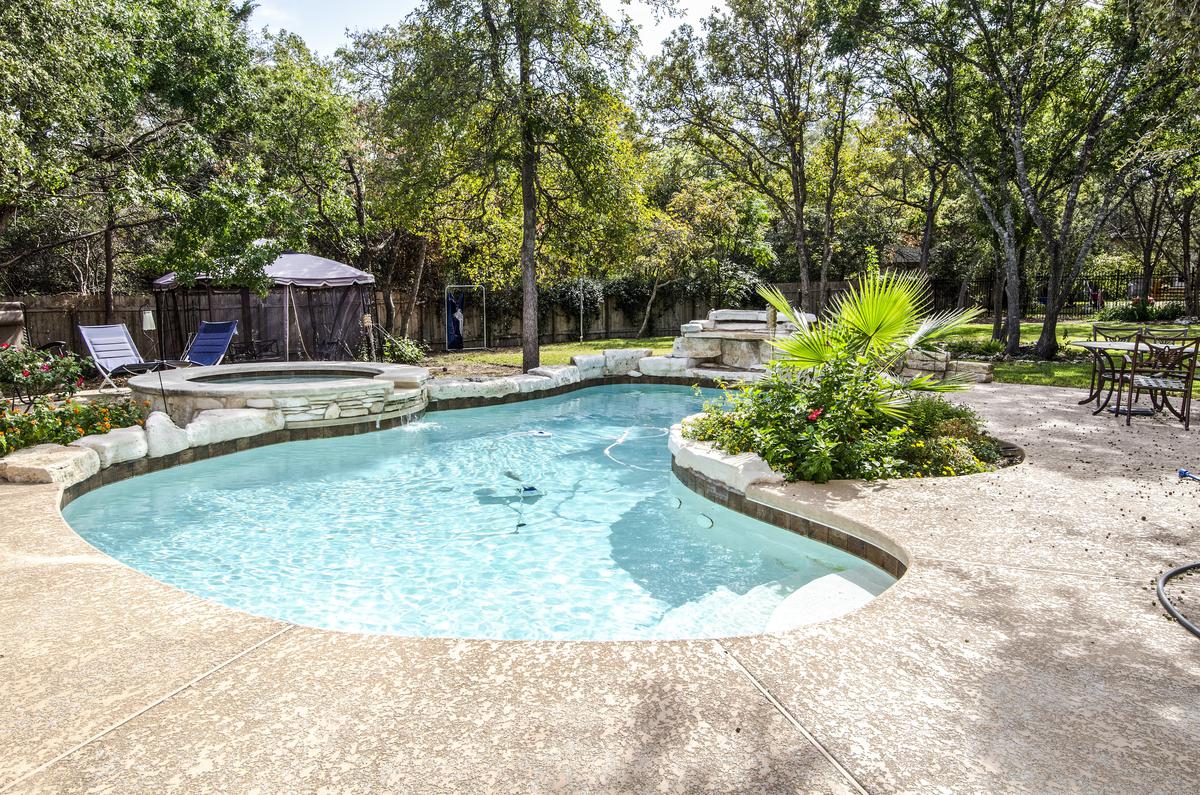
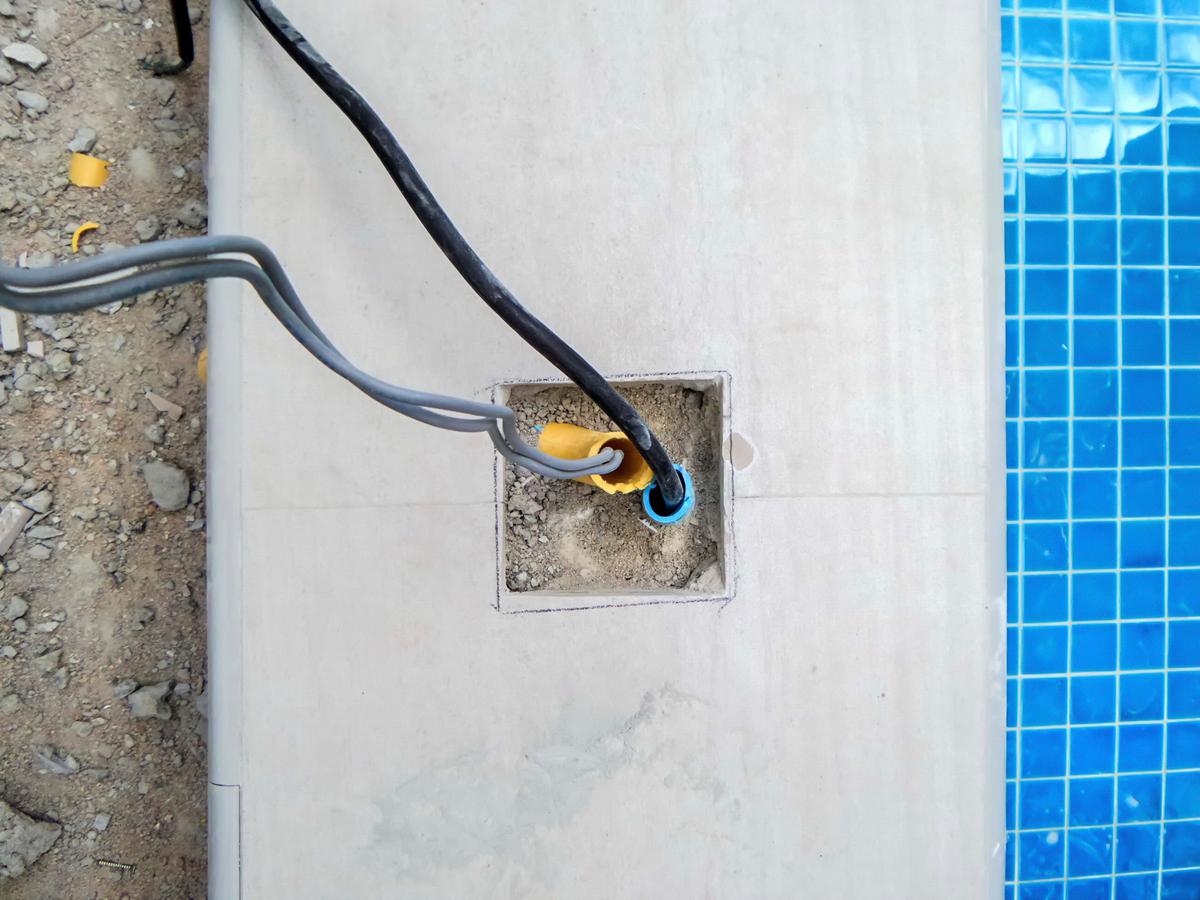
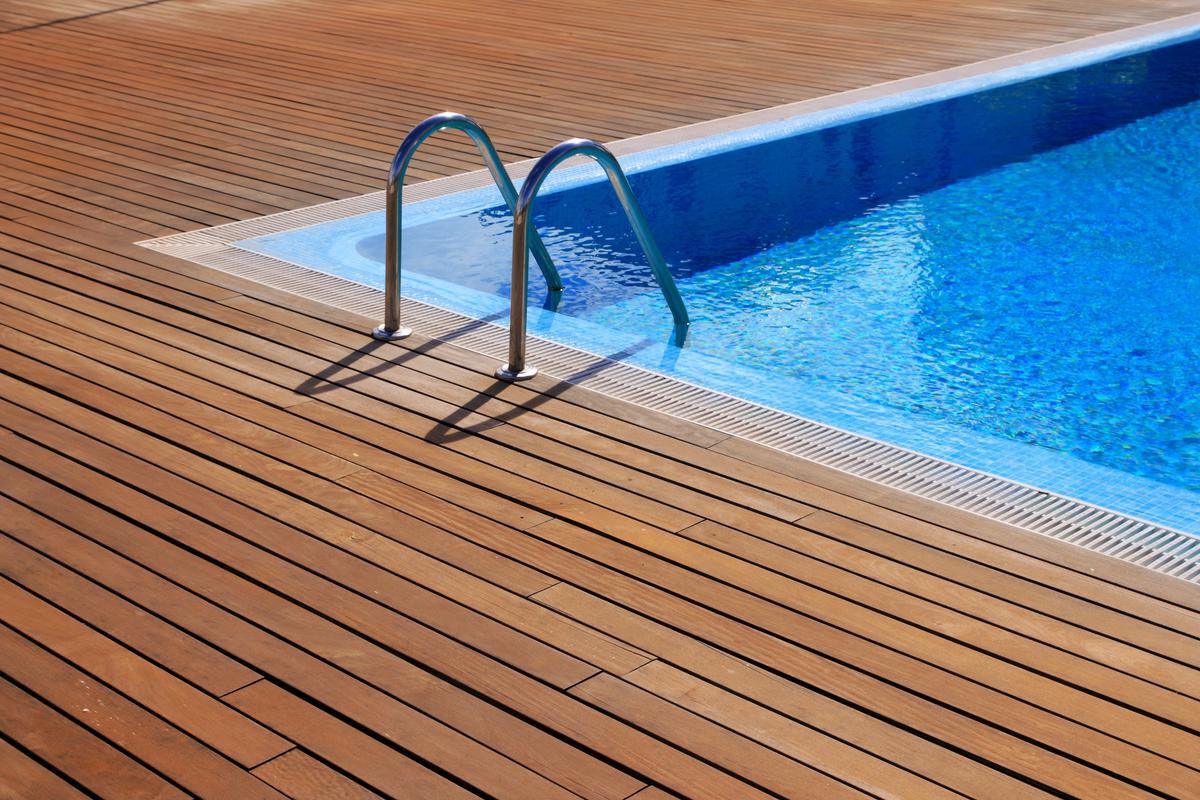
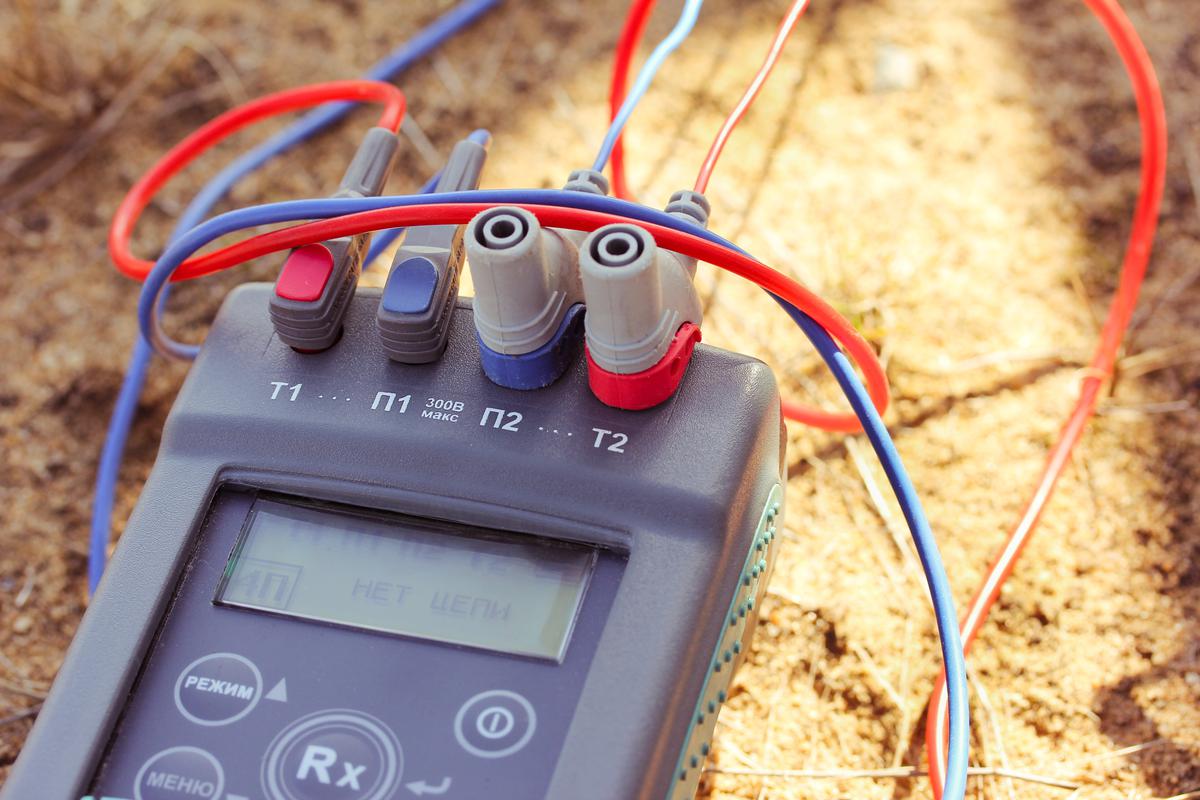
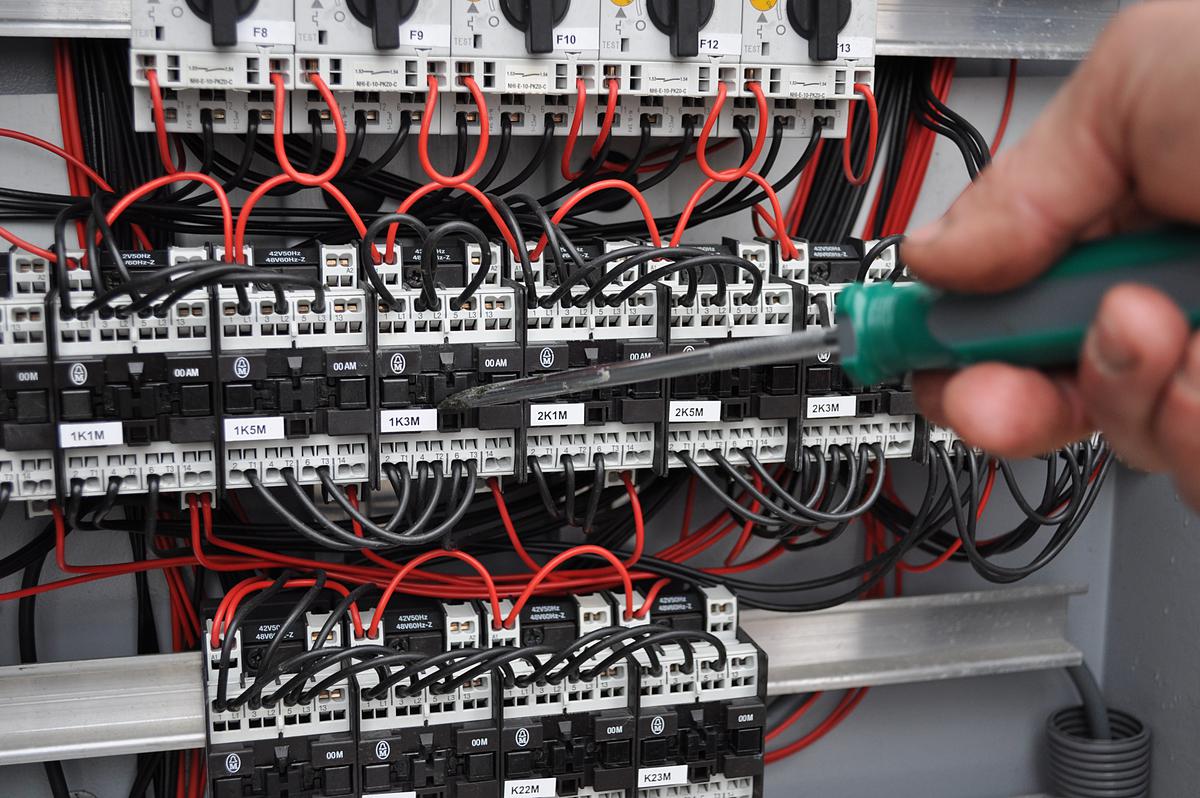
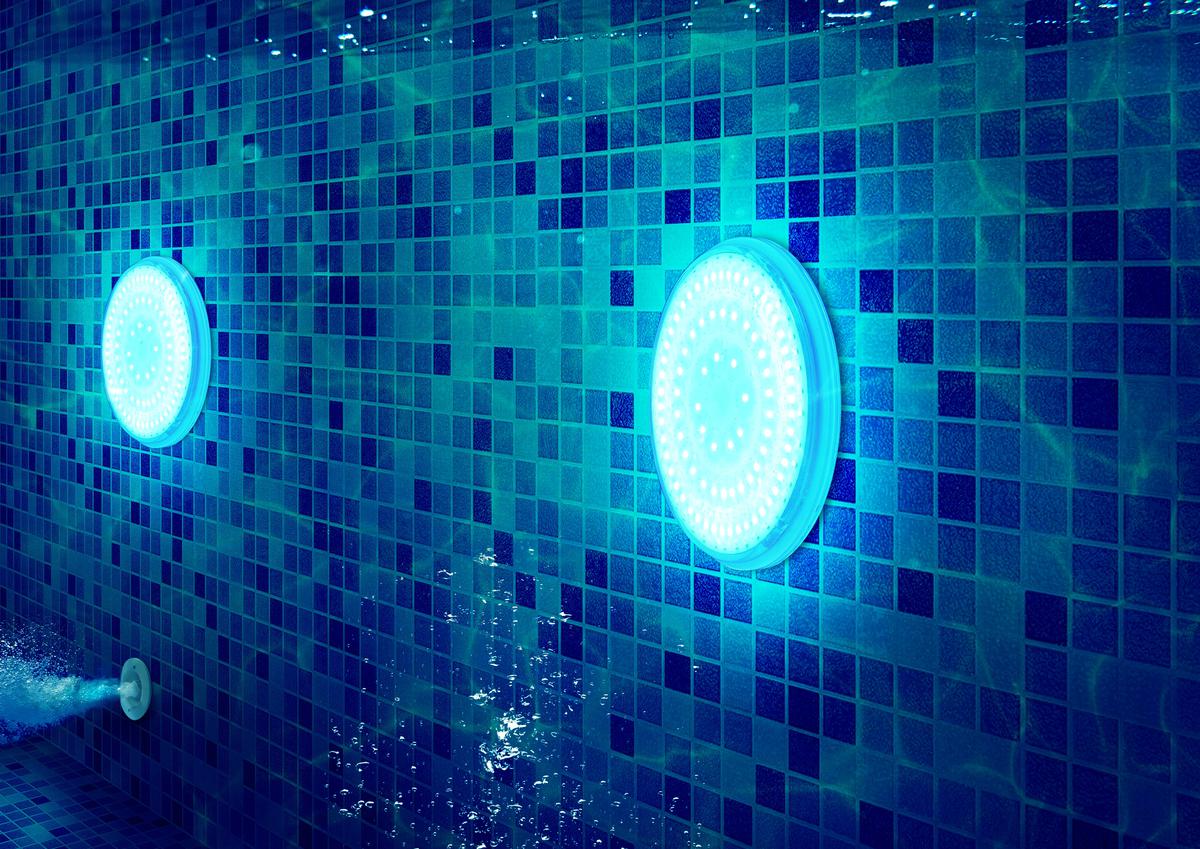
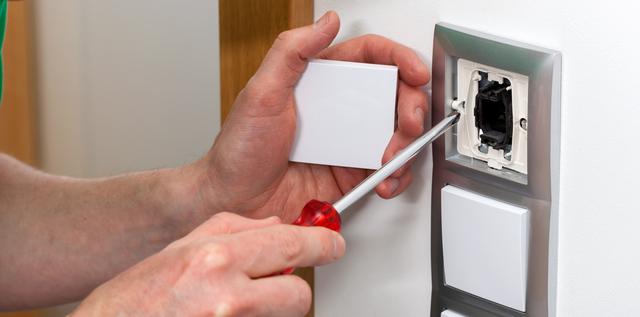
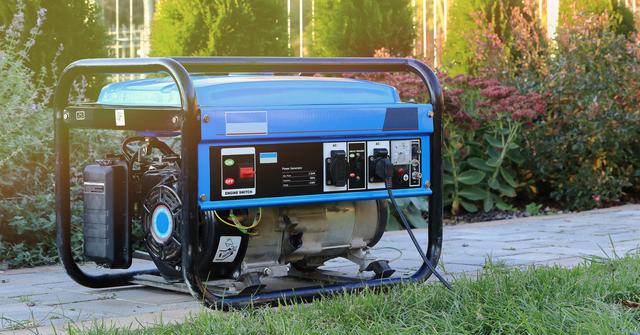
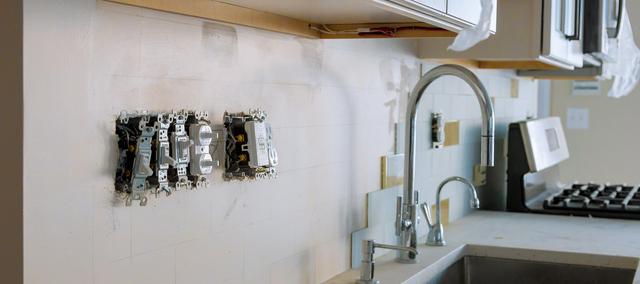
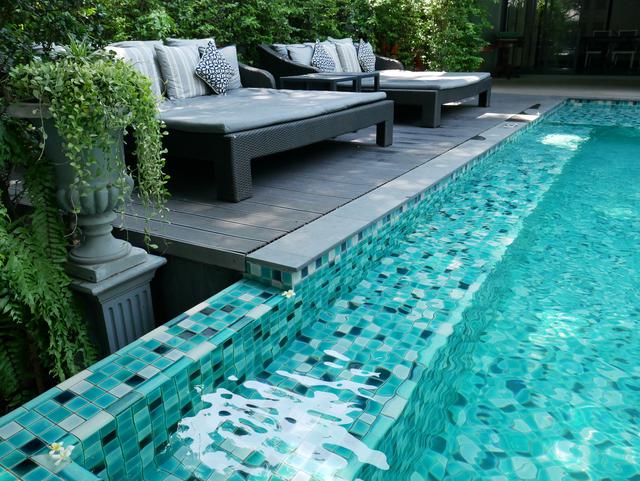
comments